by Adopt a Pet, | January 8, 2024

Lucas Ottone / Stocksy
Dogs stare at you while you eat because they want what you’re eating. In the wild, because they’re naturally opportunistic and social eaters, they stare at you, hoping you’ll share your meal. But just because they’re begging doesn’t mean you should give in — there are things you can do to keep your dog from giving you the side-eye when you don’t share. If it really bothers you, or if you’re having company, simply crate your dog (if they are crate-trained) during mealtime to eliminate the problem.
In this article:
How to stop your dog from staring during mealtime
Why do dogs stare at you while you eat? They want your food. Because this behavior is a natural instinct, curbing it completely can be difficult. You can, however, take steps not to encourage staring.
Related article

Why Does My Dog Eat Lying Down?
1. Never feed your dog from the table
Unless you want your dog planted next to your seat at the dinner table for every meal for the rest of their life, do not toss them a treat from the table. Even if you only do it once, they’ll never forget. They’ll spend the rest of their life waiting patiently for a repeat. If you want to share your table scraps, you need to take your plate away from the table and put some space between the dog staring and you giving them the food so they don’t associate the two.
2. Ignore when your dog stares at you
You can’t say enough to eliminate a natural instinct. Instead, completely ignore their staring. Over time, this may help minimize the behavior.
3. Feed your dog before you eat
Some pet parents have had success with feeding their dogs before they sit down for a meal. If your dog is full, they may be less interested in whatever is on your plate. Of course, some dogs can never get enough, so don’t expect this to be one hundred percent effective.
4. Put your dog in a secure place
One way to keep them from staring is by crating them during your meals. Crating gives them a safe, secure spot away from the table, reducing temptation and helping them settle.
5. Teach your dog the place “cue”
Teaching “place” involves training your dog to go to a specific spot, such as a bed or mat, and stay there until released. This method teaches your dog boundaries and prevents intense food-focused stares while encouraging calm behavior during mealtime.
A safe, reliable way to rehome your pet
Get Started
Adopt a Pet
Related articles

Behavior & Training
What Happens To Pets When Pet Parents Die?

Behavior & Training
Why Does My Dog Eat Lying Down?
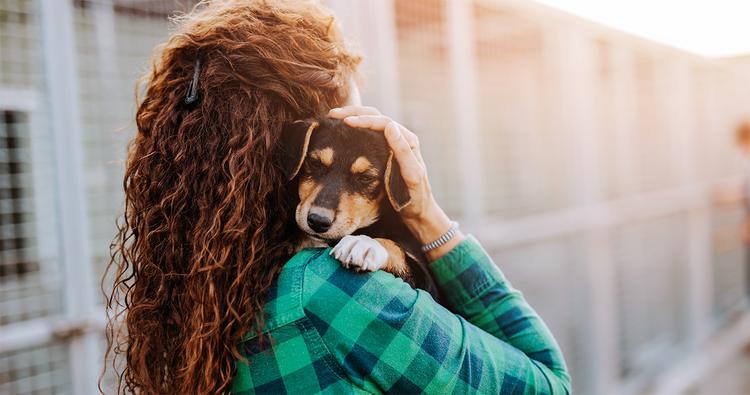
Rehome
How Much Does It Cost To Surrender A Dog?
Behavior & Training
How Do You Stop A Dog From Digging Holes?
Behavior & Training
How Do I Know If My Dog Has Separation Anxiety?

Behavior & Training
How Do I Stop My Dog From Eating Poop?

Behavior & Training
Can You be Evicted for Dog Barking?

Behavior & Training
How Long Can You Leave a Dog Alone Legally?
Consider your dog’s physical and emotional needs when deciding how long is too long to leave your pet alone.
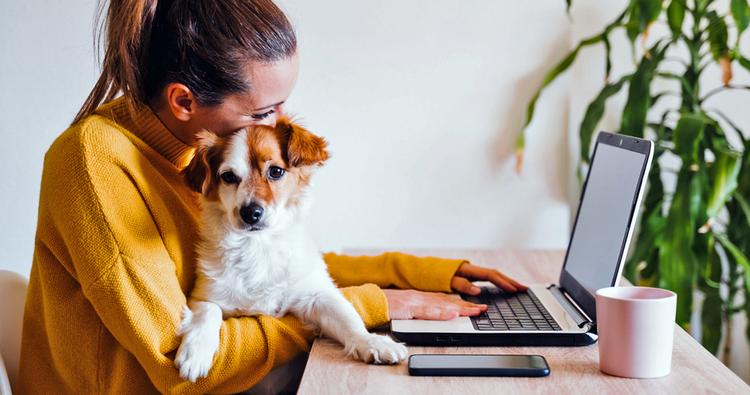

Behavior & Training
Why Does My Dog Eat Lying Down?

Behavior & Training
Does Baking Soda Kill Fleas?
Here’s how salt and baking soda helps kill fleas and stop the itch.

Behavior & Training
Why Is My Dog Suddenly Afraid to Go Outside?
Worried about your dog’s sudden fear of the outdoors? It’s a common concern. Here’s how to help them overcome their anxiety.

Adoption Advice
The 3-3-3 Rule For Dogs: Adopted Dog Adjustment Period Explained
Find out how to set your adopted rescue dog up for success.


Adoption Advice
Learn How To Feed A Dog: A Food Guide for New Dog Parents
Curious about how to feed your new dog? This guide will answer your questions.
Behavior & Training
How Do I Know If My Dog Swallowed Something?
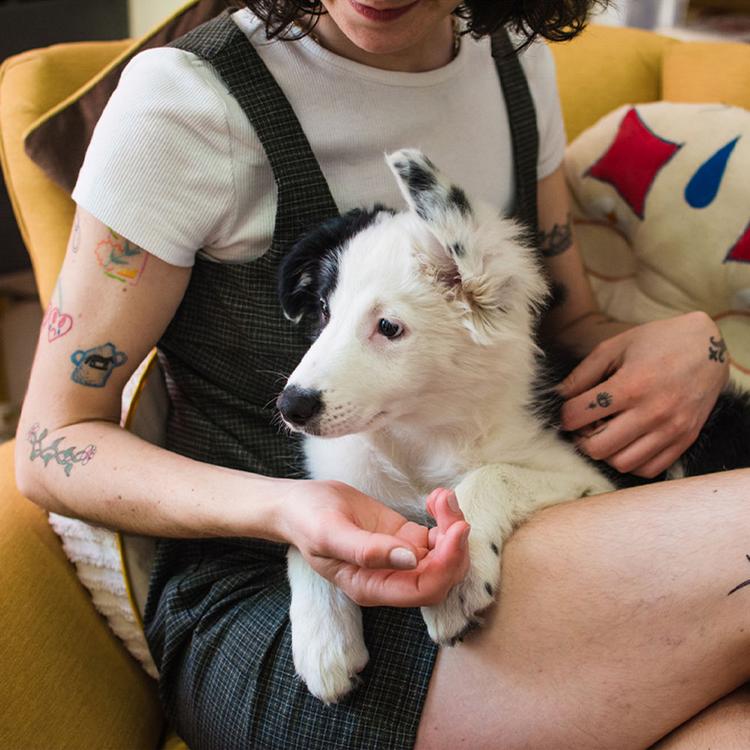
Adoption Advice
How Much Does A Dog Cost? Average Monthly Costs
Thinking of adopting a dog? Learn more about the average monthly costs of dog parenthood.

Behavior & Training
Will Vinegar Stop My Dog from Digging?

Behavior & Training
What Is a Natural Sedative For a Dog?
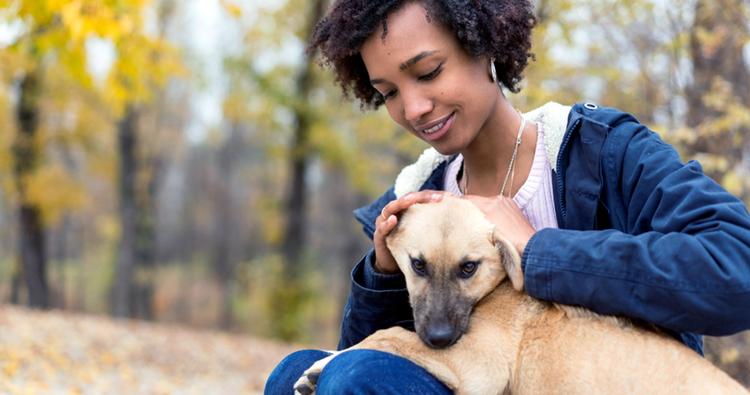
Behavior & Training
Why Do Dogs Bite Their Owners?

Behavior & Training
Do I Need a Tetanus Shot After a Dog Bite?

Behavior & Training
Why Do Dogs Howl When Left Alone?

Behavior & Training
What Does It Mean When a Dog Is Howling?

Behavior & Training
What Does It Mean When Your Dog Barks at You?

Behavior & Training
Is It Cruel To Crate A Dog At Night?

Behavior & Training
Does Cinnamon Keep Dogs From Digging?

Behavior & Training
Will Mothballs Stop Dogs From Digging?

Behavior & Training
Why Is My Dog Whining For No Reason?

Behavior & Training
How Do You Stop a Big Dog from Attacking a Little Dog?

Behavior & Training
Why Does My Dog Bark At Nothing At Night?

Behavior & Training
Why Do Dogs Rip Up Toilet Paper?

Behavior & Training
Do Puppies Outgrow Separation Anxiety?
Here are nine things you can do to help your dog be less anxious in your absence.

Behavior & Training
Why Is My Dog Being Aggressive All Of A Sudden?

Behavior & Training
How Do I Stop My Dog From Peeing In The House?

Behavior & Training
Does Doggy Day Care Help With Separation Anxiety?

Adoption Advice
New Puppy Checklist: What To Know Before Adopting A Dog
Adopting a new puppy? We've created a checklist to help you get organized before bringing your new friend home.
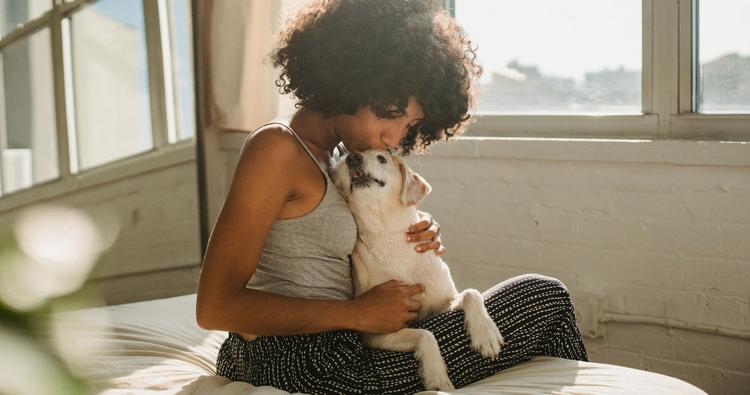
Behavior & Training
Separation Anxiety In Dogs: How To Stop Dog Barking When Left Alone?
Does your dog experience separation anxiety? Explore helpful techniques to comfort and entertain your dogs while they

Behavior & Training